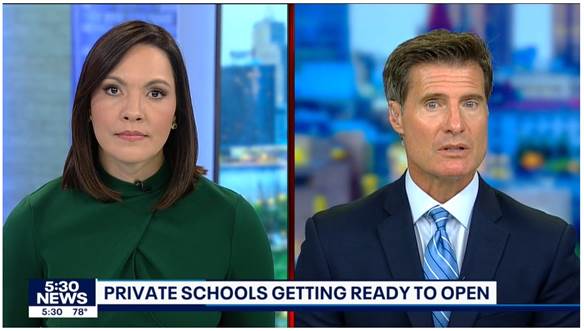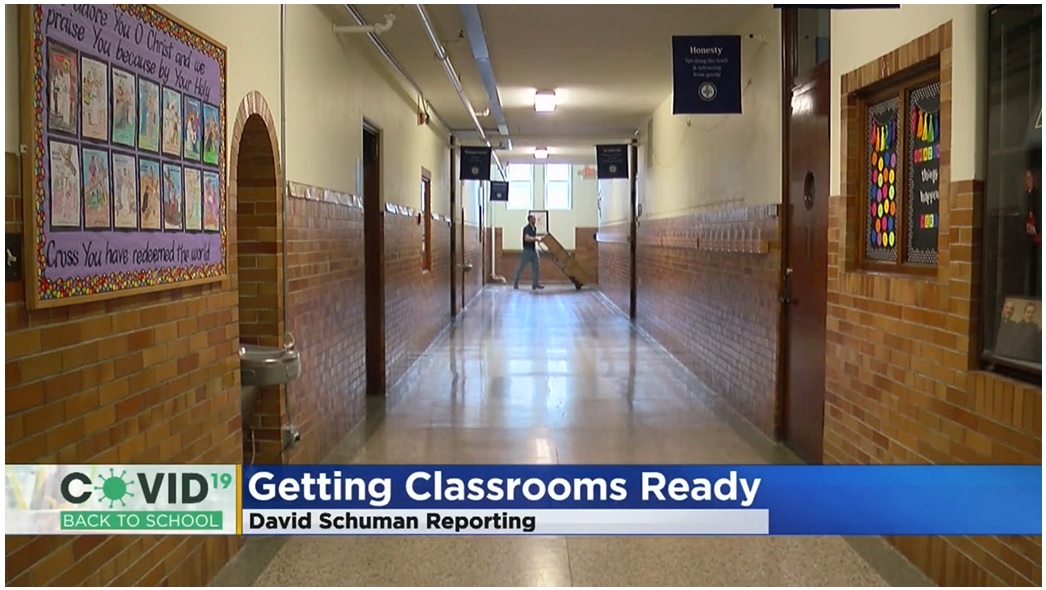The landmark tax-credit scholarship provision in the newly passed One Big Beautiful Bill Act is an opportunity for Minnesota students — and it doesn’t take any federal, state, or local dollars away from public schools for the state to participate.
It’s funded by individual donations to state-approved, federally recognized non-profits called scholarship granting organizations (SGOs), who then distribute the funds to “pay the fees or scholarships for private school students or even for public school students for fee-based tutoring, academic programs, or services for students with disabilities” under the existing federal Coverdell Education Savings Account program, explains Marguerite Roza with Edunomics Lab at Georgetown University. The value of each scholarship will depend on how much money the SGO raises.
For Minnesota donors, contributions to the SGO come with a one-for-one dollar tax credit of up to $1,700 per individual filer. For Minnesota students, scholarship recipients must come from households below 300 percent of their county’s median gross income. The SGO can only fund scholarships for eligible students within their same state.
But states do have to opt in before students and taxpayers can participate.
It’s an opportunity that will likely change the education landscape over time and, “depending on how the law gets implemented,” could “re-shape fee-based services for students,” Roza continues. “Need tutoring? Want to do science camp in the summer? These options used to be available only to parents with means. That may change.”
Paused federal grant funding may be getting more coverage recently, but “this new tax credit scholarship is the bigger ed finance news,” according to Roza. “Money will start flowing in 2027. Whether school districts move quickly enough to get in on the deal is an open question. But this bill is now law.”
______________
Correction: A previous version stated a state must decide by January 1, 2027 about participating in the program. The program will start on January 1, 2027.











![[downloaded during free trial]](https://oakmn.org/wp-content/uploads/2025/11/iStock-1430368205-120x86.jpg)

